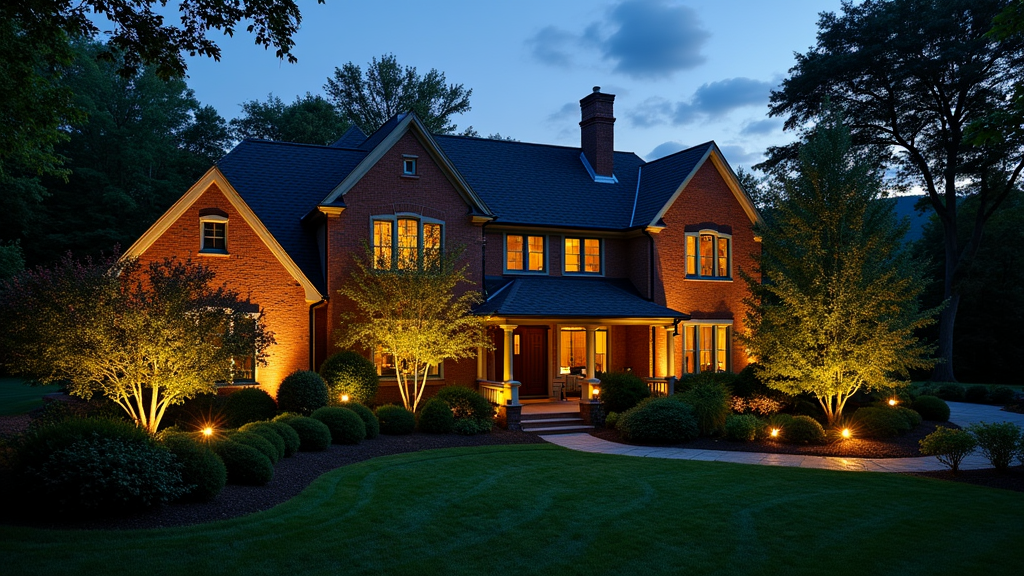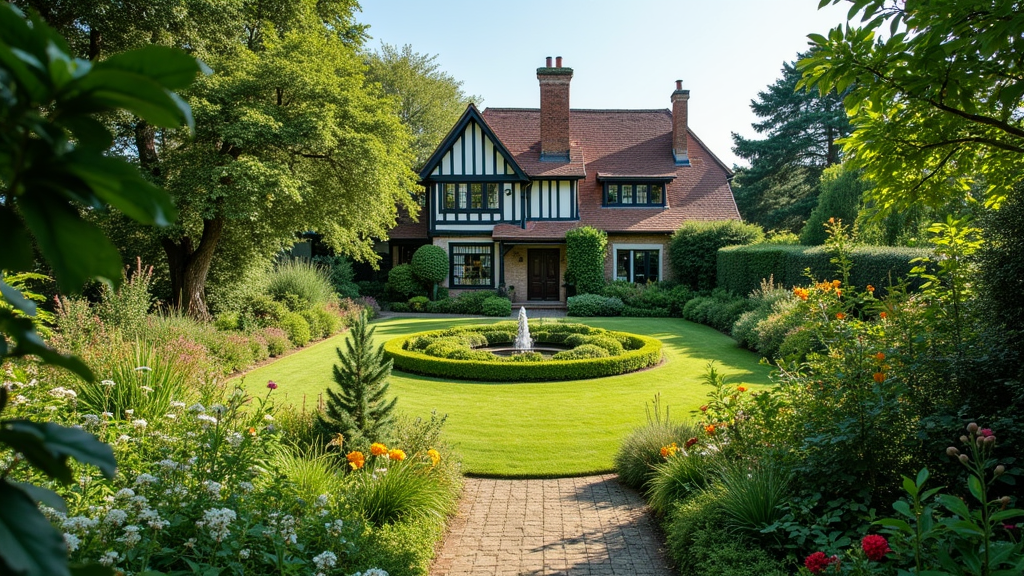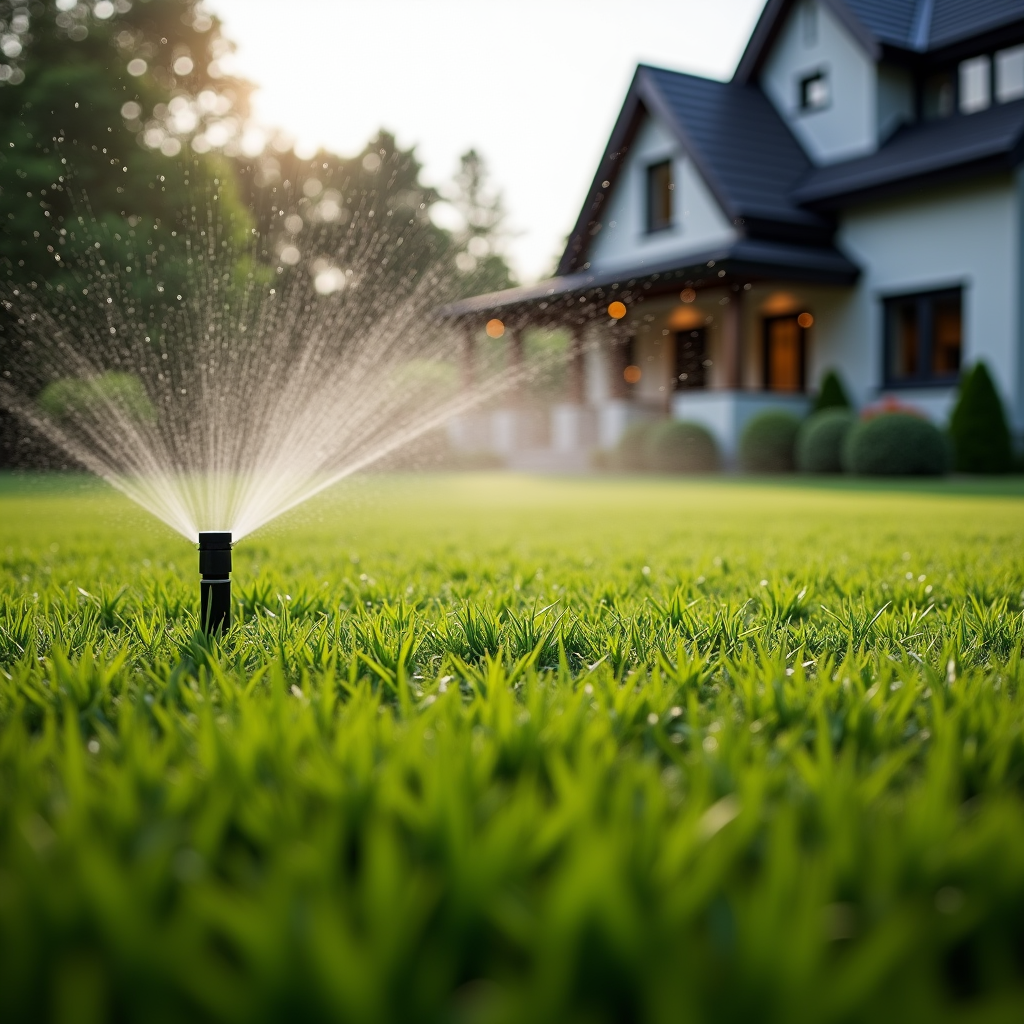Introduction to Outdoor Art Installations
Art has a unique ability to transform spaces, and outdoor art installations are no exception. As urban landscapes become increasingly concrete and sterile, the need for artistic expressions that breathe life into these environments becomes more significant. From sculptures gracefully standing in city parks to monumental installations that challenge our perceptions of nature, outdoor art not only enhances aesthetic appeal but also fosters community engagement and environmental awareness.
In this article, we will explore the fascinating world of outdoor art installations that transform landscapes. We'll delve into various aspects such as their design process, impact on communities, notable examples, and the intersection of landscape design with art. Whether you're an artist, a landscape designer in North Carolina, or simply an enthusiast of creative expressions in public spaces, this comprehensive exploration will inspire you to view landscapes through an artistic lens.
The Intersection of Landscape Design and Art
Understanding Landscape Design
Landscape design involves the planning and execution of outdoor spaces to create aesthetically pleasing environments. It encompasses elements like plants, terrain, water features, and built structures. The goal is to enhance both natural beauty and functionality.
Key Elements of Landscape Design
Plants: Choosing the right flora can significantly affect the overall feel of a space. Terrain: The topography can dictate how people interact with the area. Water Features: Ponds or fountains can serve as focal points. Built Structures: Pathways, benches, and other installations contribute to usability.How Art Integrates with Landscape Design
When art is integrated into landscape design, it elevates mere functionality into a sensory experience. Art installations invite interaction; they encourage people to engage with their surroundings in new ways.
Types of Outdoor Art Installations
Sculptures: Form Meets Function
Sculptures are perhaps the most common form of outdoor art installations. They can range from abstract forms that provoke thought to realistic representations that celebrate local culture.
Notable Examples
- "The Gates" by Christo and Jeanne-Claude: This installation featured over 7,500 saffron-colored fabric gates in Central Park. "Cloud Gate" by Anish Kapoor: Familiarly known as "The Bean," this polished stainless steel sculpture has become a Chicago icon.
Mural Arts: Vibrancy on Walls
Murals add color and storytelling elements to otherwise bland walls. Community murals often reflect local history or cultural narratives.
Community Engagement Through Murals
Engaging local artists or residents in mural projects fosters pride in the community while beautifying urban environments.
Transformative Effects on Communities
Fostering Connection Through Art
Outdoor art installations have profound effects on community dynamics:
- They serve as meeting points for social interactions. They inspire local businesses by attracting visitors. They promote cultural identity through representation.
Economic Benefits of Outdoor Art Installations
Investing in public art can lead to increased tourism and higher property https://www.ramirezlandl.com/contact values. Cities with vibrant arts scenes often experience economic revitalization as they attract new residents and businesses.


Environmental Considerations in Outdoor Art Installations
Eco-Friendly Materials and Practices
As awareness grows regarding environmental issues, many artists now prioritize sustainability when creating installations:
- Using recycled materials Incorporating native plants Designing for energy efficiency
Art That Educates About Nature Conservation
Certain installations aim specifically at raising awareness about environmental concerns. For instance:
- Sculptures made from ocean debris highlight marine pollution. Gardens designed as living sculptures educate about biodiversity.
Iconic Outdoor Art Installations Around the World
1. The Serpent d'Océan - France
This stunning installation off the coast features a serpentine sculpture that interacts with tides and waves.
2. Spiral Jetty - Utah’s Great Salt Lake
Robert Smithson's iconic earthwork is an example of how minimalism can beautifully contrast with natural landscapes.
3. The Big Blue Tree - Australia
This vibrant tree installation captures attention while advocating for forest conservation efforts globally.
Creating Your Own Outdoor Art Installation: A Guide for Landscape Designers in North Carolina
Finding Inspiration for Your Design
Start by exploring your local environment—what stories do you want your installation to tell?
Nature Walks for Ideas
Take long walks through parks or forests; observe shapes, colors, textures—and let them guide your creativity.
Selecting Materials Wisely
Choose materials that complement both your artistic vision and ecological considerations. Sustainable options are generally more favorable today.
| Material | Eco-Friendliness |
|--------------------|---------------------| | Reclaimed Wood | High | | Metal | Moderate | | Plastic | Low |
Outdoor Art Installations That Transform Landscapes: Case Studies from North Carolina
1. Asheville's Urban Trail
This path combines history with art—each stop highlights local stories through sculptures crafted by regional artists.
2. Charlotte's Light Rail Art
The light rail system integrates numerous artworks along its route—creating a mobile gallery accessible to everyone.
Challenges Faced by Outdoor Artists
While creating outdoor art can be fulfilling, several challenges must be navigated:
Weather Elements
Extreme weather conditions may damage artwork or require constant maintenance; thus durable material selection is key!
Funding Opportunities
Securing funding often poses difficulties—grants or sponsorships may be necessary for larger projects but are competitive!
FAQs About Outdoor Art Installations That Transform Landscapes
1. What constitutes an outdoor art installation?
Outdoor art installations typically involve three-dimensional works placed outside public venues designed to engage viewers interactively!
2. How do these installations impact community engagement?
They serve as focal points where people gather—encouraging social interaction while fostering a shared cultural identity!
3. Can I create my own outdoor art installation?
Absolutely! Begin by researching themes relevant within your community—then choose sustainable materials based on conceptual ideas!
4. What role does landscape design play?
Landscape design provides frameworks for integrating installations harmoniously within existing environments—enhancing both beauty & functionality!
5. Are there specific grants available for artists?
Yes! Several organizations offer grants focused on public arts projects; researching local opportunities could yield fruitful results!
6. How do outdoor installations promote sustainability?
Many contemporary artists emphasize eco-friendly practices—for example using recycled materials & educating audiences about environmental issues!
Conclusion: The Future of Outdoor Art Installations That Transform Landscapes
As we look toward future possibilities within urban environments worldwide—the merging artistry & landscape design will continue reshaping our interactions with nature! Emphasizing sustainability alongside creativity paves pathways towards enriching experiences—for residents & visitors alike!

So whether you're strolling through a park adorned with sculptures or admiring vibrant murals enlivening historic districts—remember each piece contributes uniquely toward transforming landscapes into lively canvases reflecting community spirit!